I will never forget meeting Raymond Pettibon outside Museion, which in 2003 was still housed in a former hospital in Bolzano. I had been asked to pick him up, and the weather was freezing. But I found him waiting for me, perched on a stone wall, wearing only lightweight cotton trousers, a cotton jacket over a T-shirt and espadrilles on his feet. I was unnerved by his stoic attitude to the cold. It seemed to me as though, inexplicably, the icy cold was unable to penetrate the boundaries of his conscious perception.
We had invited Pettibon to Museion because his cartoon-like drawings fitted in well with the “Language in Art” section of the collection. His works are characterized by a hybridity not only of image and text but also of high and low, i.e., popular and high art. He rose to prominence in California punk circles in the 1980s with his works on paper. Pettibon drew record covers for the band Black Flag and also wrote lyrics and sang. In contrast to conventional comic strips, his works are single images whose internal dynamic comes from how the image and text often do not explain each other.
The Pettibon exhibition at Museion featured some 200 drawings loaned by various collectors. And as Museion sees itself as a site where works are also produced, it was agreed that Pettibon would paint a mural in the central room. A concert was also planned for the opening at which the artist would sing, and the broad end wall of the central room was covered with large, primed wooden panels for him to paint on.
Certain themes constantly recur in Pettibon’s work: moving trains, the Manson commune, drug trips, sex, exploding bombs, waves and surfers, Hollywood, etc. For the mural at Museion, he had chosen to paint a wave with a surfer. Waves and surfing were part of his youth in Hermosa Beach, California, and later, he included them in his painting, too. The artist Paul Thuile, who often advised us about exhibition design at the time, had procured some professional acrylic paints for the artist. Even if he was in Bolzano only for a week, though, Pettibon let several days pass before finally setting to work on the wall in the last three or four days. We were worried he might not finish it, as it was a huge area to paint.
He did, though, and to complete it, he wrote the words “I have writt’ nothing but surf” on the wall in red paint and relatively small letters. I do not recall the artist making any comment about this phrase. A typical element of Pettibon’s motifs is that they often have a very different content to the texts they appear with.
During his preparations, the artist made several preliminary drawings of the wave and the figure of the surfer, which he later signed and gave to Museion. These do not have the status of independent works, but they do reveal the artist’s process. As well as the drawings, he created two silkscreen editions for Museion, and he also created two drawings together with Paul Thuile, in which Thuile drew a brush or a pencil on a sheet of paper and Pettibon reacted to it with a drawing.













